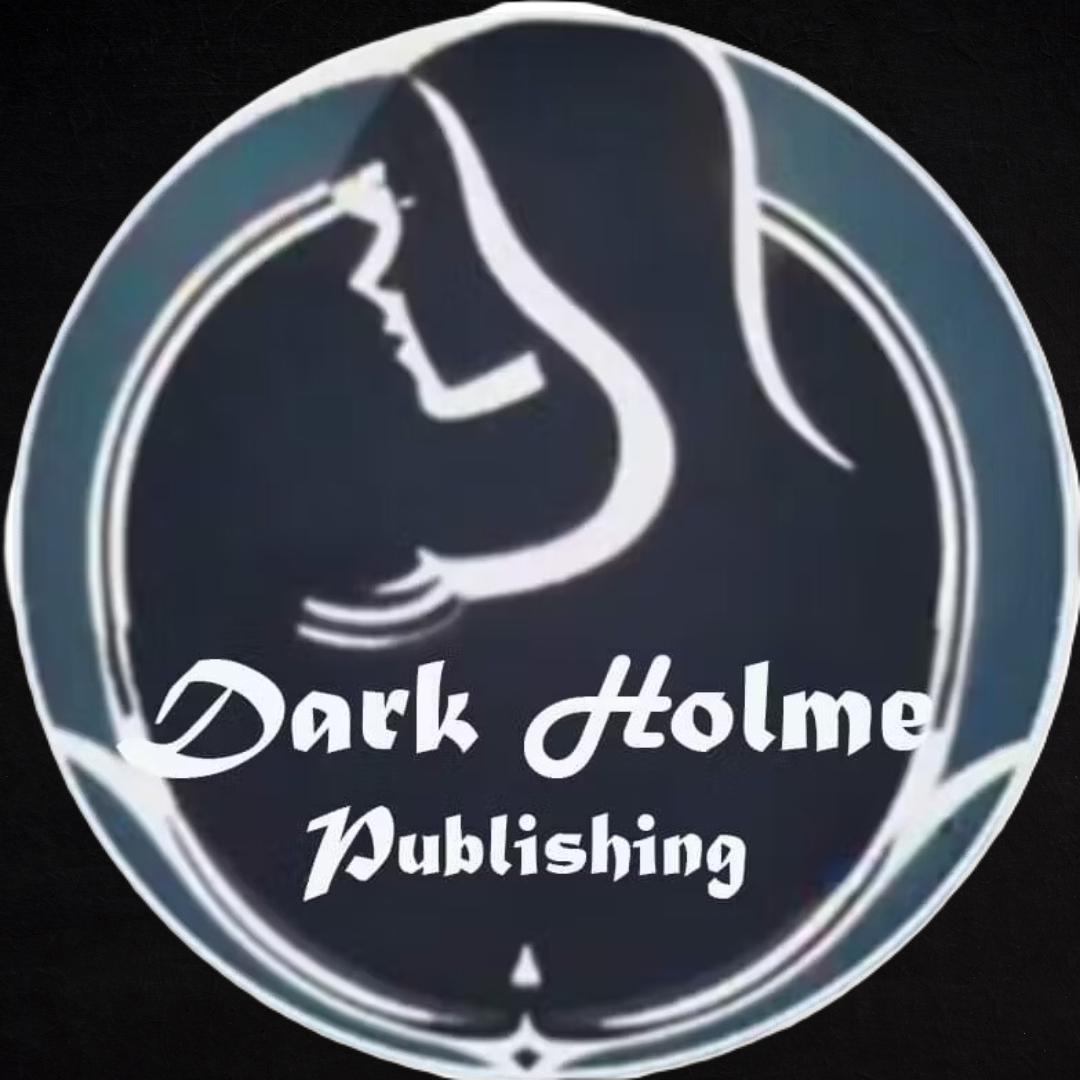Creating a truly captivating atmosphere is essential for any horror or dark fantasy story. The right atmosphere not only immerses readers in your world but also keeps them on the edge of their seats, craving more. In this post, we’ll explore various techniques for building suspense and crafting an unforgettable mood in your writing.
Setting the Scene: Creating a Chilling Environment
The physical setting of your story is crucial in establishing an eerie atmosphere. Whether it’s a decaying mansion, a haunted forest, or a dystopian city, the environment should evoke a sense of dread and unease.
Sensory Details: Incorporate rich sensory details to bring your setting to life. Describe the musty odor of an abandoned asylum, the oppressive silence of a desolate wasteland, or the damp, tangled roots of a cursed forest. Engaging multiple senses helps readers vividly imagine the scene and enhances the overall atmosphere. For instance, instead of just saying a place is creepy, show it through the characters’ sensory experiences—creaking floorboards, sudden drops in temperature, or strange rustling sounds.
Psychological Tension: Amplifying Fear
Horror and dark fantasy often delve into the psychological realm, exploring characters’ deepest fears and anxieties. By tapping into these inner conflicts, you can build suspense that goes beyond mere physical threats.
Internal Conflicts: Highlight your characters’ fears, doubts, and insecurities. For example, a protagonist grappling with guilt over a past mistake might face terrifying manifestations of their remorse. These internal struggles can be just as frightening as external dangers, creating a layered and nuanced sense of tension.
Unreliable Narrators: An unreliable narrator can heighten the sense of uncertainty and dread. By presenting a distorted or fragmented view of reality, you create a disorienting experience for readers. Their confusion and unease mirror that of the characters, amplifying the suspense. Think of classic examples like The Turn of the Screw or Gone Girl, where the reliability of the narrator is called into question.
Foreshadowing and Red Herrings: Mastering the Art of Misdirection
Foreshadowing and red herrings are powerful tools for building suspense. Foreshadowing involves subtly hinting at future events, creating a sense of anticipation and tension. Red herrings, on the other hand, mislead readers and create false trails, making the eventual revelation more impactful.
Subtle Hints: Weave in clues about future events in a way that feels natural and unobtrusive. For example, if a character is destined to encounter a malevolent entity, you might include small, unsettling occurrences that hint at its presence. The goal is to make readers second-guess their assumptions and stay on edge.
Misdirection: Use red herrings to divert attention away from key plot points. This can be done by introducing seemingly significant but ultimately irrelevant details or characters. For instance, a seemingly innocuous item might be given undue emphasis, leading readers to focus on it while the real danger lurks elsewhere.
Atmospheric Language: Crafting the Perfect Tone
The language you use in your writing plays a significant role in establishing atmosphere. Choose words and phrases that evoke the desired mood and enhance the sense of dread.
Evocative Descriptions: Opt for descriptive language that paints a vivid and unsettling picture. Instead of “a dark room,” describe “a pitch-black chamber where shadows writhe like malevolent entities.” The more specific and evocative your language, the more immersive the atmosphere.
Tone and Style: Match your writing style to the mood you want to create. For a chilling effect, use short, abrupt sentences and fragmented thoughts to mimic the characters’ heightened anxiety. Conversely, a more elaborate, gothic style can heighten the sense of grandeur and decay in a dark fantasy setting.
Pacing and Timing: Controlling the Flow of Suspense
Pacing is crucial in maintaining suspense. How you control the flow of your narrative can significantly impact the reader’s sense of anticipation.
Slow Reveals: Build tension by revealing information gradually. Instead of providing all the answers at once, allow the suspense to mount by peeling back layers of mystery over time. This keeps readers engaged and craving more.
Timing and Interruptions: Use interruptions and pacing shifts to keep readers on their toes. Quick bursts of action or sudden, unexpected events can jolt readers and heighten their sense of urgency. Conversely, slow, deliberate scenes can build a creeping sense of dread.
Creating Tension Through Character Interactions
Interactions between characters can also amplify suspense. The dynamics of trust, conflict, and hidden agendas add another layer to the atmosphere.
Interpersonal Conflicts: Show how characters’ relationships are strained or complicated by the events unfolding around them. This can create an additional layer of tension, as personal stakes are intertwined with the overarching threat.
Hidden Agendas: Introduce characters with ulterior motives or secrets. The resulting mistrust and suspicion can create an atmosphere of paranoia and unease, further deepening the sense of suspense.
The Role of Silence and Sound: Enhancing the Atmosphere
Sound—or the absence of it—can greatly influence the atmosphere of a scene. Silence can be as powerful as eerie sounds in creating tension.
Silence: An oppressive silence can heighten the sense of dread and anticipation. A quiet, abandoned house or a still, fog-covered forest can create a haunting, unnerving atmosphere.
Unsettling Sounds: Conversely, strange or unexpected sounds can heighten the sense of unease. The creak of a door, distant whispers, or the thud of something unseen can all contribute to a suspenseful atmosphere. Use these sounds sparingly and strategically to maximize their impact.
Conclusion
Building suspense and crafting a chilling atmosphere in horror and dark fantasy involves a careful balance of setting, psychological elements, language, and pacing. By employing these techniques, you can create a world that not only captivates but also keeps readers hooked, eagerly turning pages as they delve deeper into your dark and haunting narrative. Remember, the most effective horror is not just about what scares the characters, but what keeps the readers trembling with anticipation.
Happy writing, and may your tales of terror and dark fantasy leave your readers breathless!

.png)

Comments